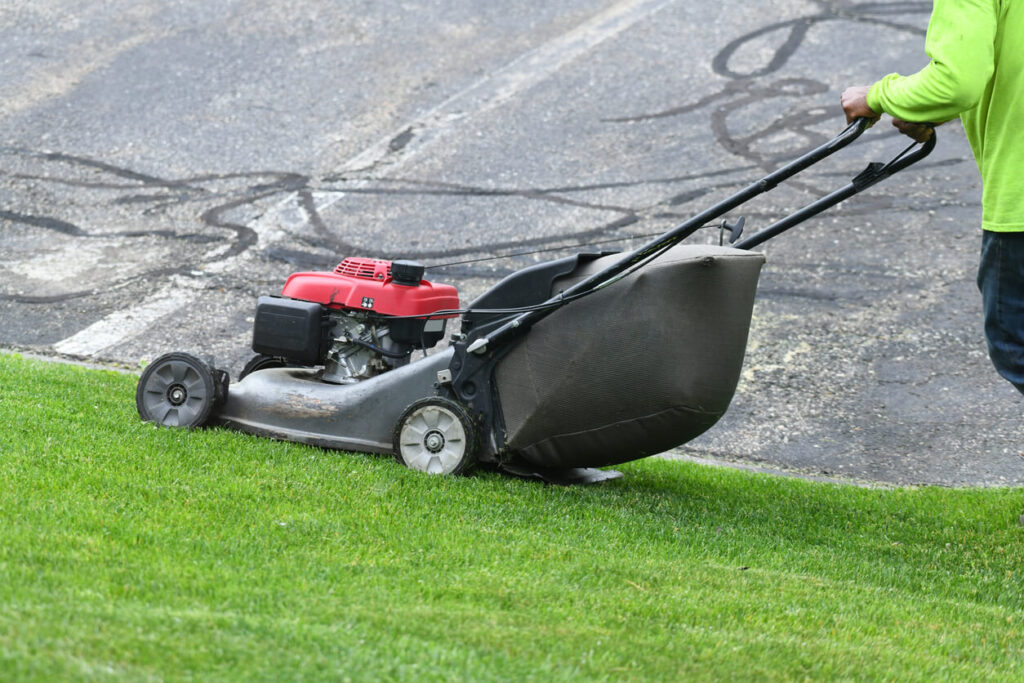How to Protect Your Plants From Frost
The Texas freeze in February of 2021 caught many homeowners and commercial properties by surprise. After regaining our power and water it’s important to focus on the damage to our landscaping. This means figuring out how to protect your plants from frost and freezing temperatures.
As much as you may try, many of the beloved landscaping trees and bushes will not survive. Certain plants do not survive below a certain temperature for extended periods. It’s important to learn how to better protect plants from frost and freezing temperatures.
Here are several options with the hope to help others protect Corpus Christi plants from frost and freezing temperatures in the future. When winter comes, plants can be easily damaged by frost or cold weather.
Should I cover my plants in the winter?
Yes and no. Covering your plants is a great way to insulate them from freezing temperatures and frost damage. However, not all of your plants will need this protection.
To know which plants might need protection, you must know the hardiness of the plant. Don’t forget to ask your landscape designer about this before choosing and installing new plants because each plant has a temperature range of hardiness or expected survival. If you are expecting temperatures to fall below that hardiness temperature, it should be covered.
When covering your plants, anything is better than nothing. We recommend using material that provides coverage but still allows the plants to breathe. Examples of plant coverings are burlap, frost blanket, landscaping fabric, drop cloth, or bed sheets. If you will need to cover your plants for a long period, you should plan to secure the covering in place with stakes or string.
What is the best way to protect plants from freezing?
Adding mulch to your garden beds is an excellent way to insulate the root system of your plants from freezing temperatures. Place a 2-inch layer of mulch installed around the base of your plant.
If possible, water your plants a day or two before a freeze. Providing them with this sustenance will give them additional strength for survival.
If plants are winter-tender, cover them with a breathable fabric to insulate them from freezing temperatures.
In Conclusion
Just as a recap, to protect your plants, there are a few steps you can take:
1. Cover plants with a sheet or tarp during the night. This will help keep some of the heat coming from the ground and insulate against frost. Make sure to remove it in the morning so plants don’t get too hot.
2. If you have particularly vulnerable plants, consider investing in frost covers or cloches specifically designed to protect plants from cold temperatures.
3. Increase insulation around plants by adding mulch, hay bales, or other organic material.
4. Move plants away from any source of wind chill such as drafty windows or near fans.
5. Create a frost-free haven for plants indoors. If you have especially fragile plants, consider bringing them inside when temperatures drop below freezing.
These steps can help protect plants from frost and cold weather so they survive until spring arrives again! If you need some additional help, call Fischer Landscaping at (361) 331-1758!




